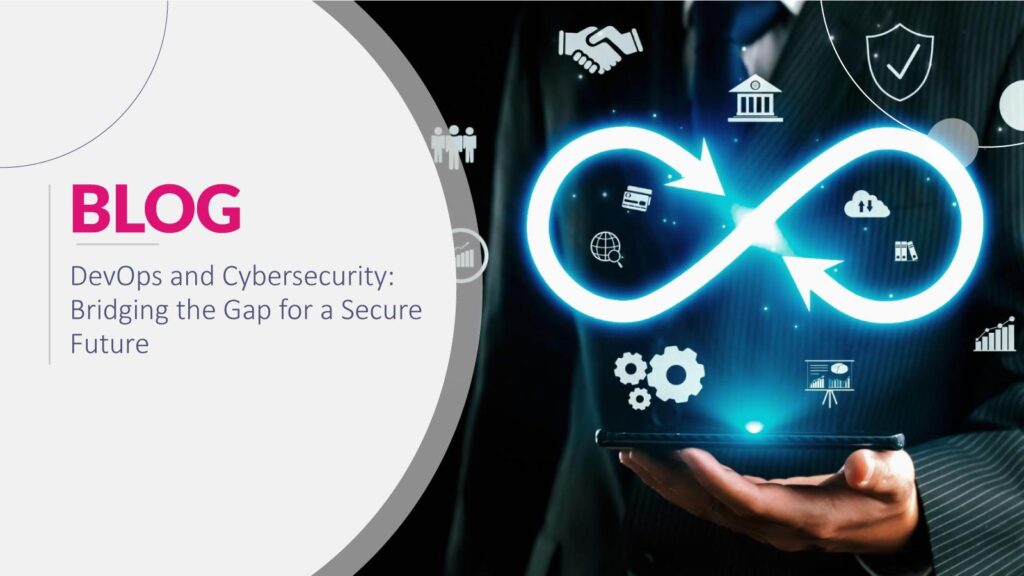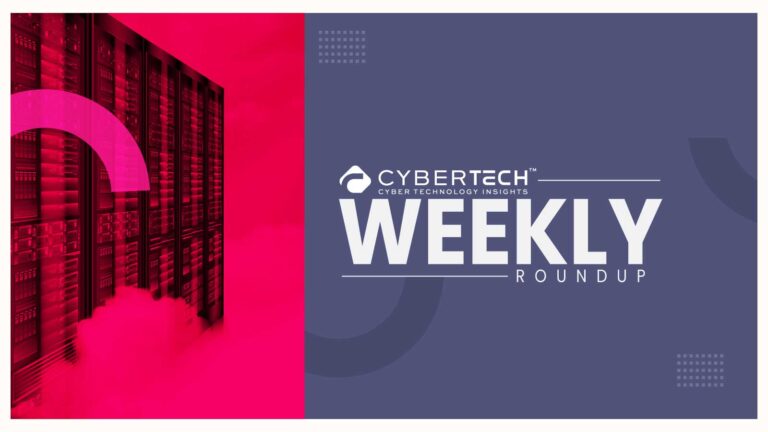Software delivery has accelerated in a number of industries due to the use of DevOps. Continuous integration and delivery (CI/CD) pipelines allow enterprises to swiftly launch new features, changes, and upgrades. However, faster release cycles increase the likelihood of security vulnerabilities, misconfigurations, and vulnerable code reaching production systems.
Threats in cyberspace keep escalating in tandem with the very technology organizations seek to update. When software release frequency accelerates, so does the attack surface. Attackers can target blind spots caused by delays and out-of-sync security mechanisms.
Security cannot be isolated from development and operations. Including cybersecurity in DevOps practices is no longer a choice—it’s a requirement for secure software at scale. Convergence minimizes risk, enhances governance, and empowers resilient infrastructure that can combat changing threats. The outcome is DevSecOps—a seamless model where security is integrated across the software development lifecycle, not bolted on after deployment.
Why DevOps and Cybersecurity Must Align
Security and DevOps have historically had conflicting objectives. DevOps is all about speed, automation, and delivery of services. Security teams are concerned about control, compliance, and reduction of risk.
This convergence generates tension. Security teams are generally not part of planning in the initial stages, while development teams get held up due to end-stage security reviews. As a result, security controls are perceived as impediments to delivery.
The fundamental issue isn’t that security controls are present but not being implemented. When security is bolted on, as opposed to infused, vulnerabilities increase. Unvalidated third-party code, unchecked containers, and unconfigured APIs create expensive-to-repair security debt when fixed after deployment.
Reactive security increases risk and prolongs deployment timelines. According to an IBM analysis from 2023, the average breach cost $4.45 million, and a significant portion of those breaches were related to known, patchable vulnerabilities. Closing the speed-security gap will necessitate alignment at the policy, process, and tool levels. Security and DevOps cannot fall behind.
DevSecOps: Development, Security, and Operations Framework
DevSecOps, as defined by Microsoft, integrates security practices into all stages of the software development life cycle. Shared responsibility and automation, through their approach, will serve to eradicate vulnerabilities proactively.
This is achieved by the integration of security controls in the planning, development, testing, deployment, and monitoring phases. Identifying and addressing vulnerabilities early in the software development life cycle (SDLC) is known as “shifting security to the left.”
Recommemded: How Darktrace is Transforming AI in Cybersecurity: A Deep Dive Into Cyber AI Analyst and Beyond
Important practices within DevSecOps are:
- Threat modeling is used in planning to analyze potential threats before development.
- Static Application Security Testing (SAST) at development time for code vulnerability detection.
- Security gates in CI/CD pipelines to check for compliance before deployment.
- Programmed policy enforcement to provide repeatable and auditable controls.
Early integration minimizes downstream risk and shortens the development-security feedback loop. Vulnerabilities are detected nearer to the source, and remediation happens before code hits production. This model increases compliance with regulatory standards like NIST, HIPAA, and ISO 27001. It also promotes cross-functional team collaboration by developing a shared responsibility model. DevSecOps reframes security as a post-release checkpoint as part of software delivery.
Core Strategies to Align DevOps and Cybersecurity
1. Security-as-Code
Version policy for security as code.Apply, monitor, and enforce policies using IaC technology. This delivers consistency and traceability across environments.
2. Security Automation
Integrate automated security tools into CI/CD pipelines. Apply SAST, DAST, container image scans, and dependency analysis to expose problems at every point. This raises coverage with zero effort.
Examples: Snyk (dependency scanning), OWASP ZAP (DAST), and Aqua Security (container scanning).
3. Shared Responsibility Culture
Security is not an isolated function.The security impact of their respective domains must be understood by all operators, architects, developers, and security specialists. Implement cross-functional governance and have clear responsibilities.
4. Real-Time Threat Monitoring:
Use observability tools to identify and respond to anomalies in real-time. Keep an eye on serverless functionality, APIs, and third-party integrations. Integrate security analysis into performance dashboards for increased visibility.
5. Identity and Access Management (IAM)
Use privilege access restrictions and secret management to automate identity verification and implement least-privilege access. HashiCorp Vault (secrets management), IAM roles with automatic rotation, and GitLab CI/CD security are a few of the most utilized tools.
Establishing Governance Frameworks for Secure DevOps Execution
To scale DevSecOps successfully within projects and teams, organizations need to have governance frameworks that codify security practices, impose standards, and comply with regulatory requirements. A strong governance model defines security policies, risk analysis procedures, escalation processes, and compliance metrics. It enforces security controls into all phases of the DevOps lifecycle, from code commit to production deployment.
Using security control baselines based on industry standards like NIST 800-53 and CIS Benchmarks is one of the essential elements of a successful governance strategy. These baselines provide a standardized foundation for securing applications and infrastructure. Risk-prioritization models should also be part of governance models so that teams can remediate vulnerabilities that pose the highest impact. Automated compliance checking must be incorporated into development and deployment practices to offer continuous compliance with internal policies and external regulatory requirements. In addition, maintaining detailed audit trails is essential to support incident response, compliance reporting, and post-event analysis, offering traceability and accountability throughout the software delivery lifecycle.
Centralized governance provides leaders with a clear view of security posture and operational risk. Additionally, it incorporates processes from hybrid environments and remote teams. As DevOps grows, governance is required to maintain control, establish accountability, and ensure consistent execution of secure software development methods.
Recommemded: The Future of Secure Access: Menlo Security Now Integrated with Google Cloud WAN
Future Outlook: Intelligent, Automated, Resilient Securit
AI-based threat detection and security automation will be the hallmarks of the future of secure software development. Companies are trending towards cloud-native, zero-trust architectures with security at each layer.
Adoption of DevSecOps will increase as regulatory scrutiny tightens and requirements evolve. Organizations will require security controls that are policy-driven, real-time, and integrated.
AI will help to detect threats using behavioral analysis and anomaly detection on distributed systems. Security telemetry will be centralized for quicker incident response.
The strategic goal is resilience. Organizations that adopt integrated security practices today will minimize breach risk, increase operational maturity, and maintain ongoing compliance. Security must stay embedded—actively enforced, always monitored, and linked to business goals.
FAQs
1. What’s the difference between DevOps, SecOps, and DevSecOps?
DevOps focuses on collaboration between development and operations for faster delivery.
SecOps centers on security operations, including threat detection and response.
DevSecOps integrates security into DevOps workflows, ensuring security is part of every development stage.
2. How can legacy systems adapt to DevSecOps principles?
Start by automating vulnerability scans and access controls in existing workflows.
Gradually integrate security gates and CI/CD-compatible security tools.
Train teams in secure coding and threat modeling for incremental transformation.
3. What regulatory standards should DevSecOps initiatives align with?
Common standards include NIST 800-53, ISO 27001, HIPAA (for healthcare), and PCI-DSS (for payments).
Adopting these frameworks ensures compliance, audit readiness, and data protection across industries.
4. Are there risks of too much automation in security workflows?
Yes. Over-automation can cause alert fatigue or miss nuanced threats.
Balance is key: automate repetitive tasks but leave room for human review of critical decisions.
Use AI/ML tools with explainability to avoid black-box risk.
5. How does DevSecOps fit into cloud-native environments like Kubernetes?
DevSecOps strengthens Kubernetes with automated container scanning, runtime threat detection, and secrets management. Tools like Kyverno, Falco, and Aqua integrate security into the orchestration layer.
Policy enforcement and continuous monitoring are essential for cloud-native resilience.
To participate in our interviews, please write to our CyberTech Media Room at sudipto@intentamplify.com







